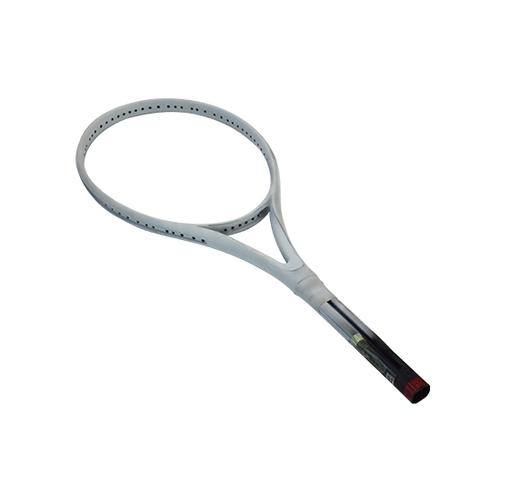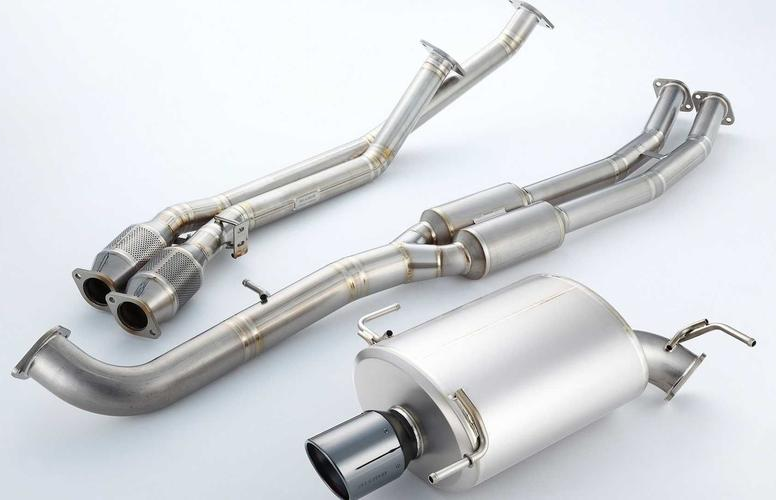1. Introduction
Titanium powder is a high-performance metallic material prized for its exceptional strength-to-density ratio, corrosion resistance, and biocompatibility. As industries increasingly adopt advanced manufacturing techniques like 3D printing, demand for titanium powder—particularly spherical, gas-atomized variants—has surged. This article explores the properties, production methods, applications, and market dynamics of titanium powder, while also addressing related materials such as titanium alloy powders, titanium dioxide (TiO2) nano powder, and specialty compounds like titanium diboride (TiB2).

2. What Is Titanium Powder?
Titanium powder refers to finely divided particles of titanium metal or its alloys. It appears as a grayish metallic dust and is available in various morphologies—irregular, angular, or spherical—depending on the production method. Common forms include pure titanium powder, Ti6Al4V powder (also known as Ti64 powder), and HDH (Hydride-Dehydride) titanium powder. Unlike titanium dioxide powder (TiO2 powder), which is a white pigment used in cosmetics and paints, titanium metal powder is conductive and reactive, making it suitable for structural and functional applications.

3. Production Methods of Titanium Powder
3.1. Hydride-Dehydride (HDH) Process
The HDH method involves hydrogenating titanium sponge to form titanium hydride (TiH2 powder), which is then milled and dehydrogenated to yield fine titanium powder. This cost-effective technique produces angular particles ideal for powder metallurgy but less suited for additive manufacturing due to poor flowability.
3.2. Gas Atomization
Gas atomized titanium powder is created by melting titanium alloy under inert atmosphere and disintegrating the molten stream with high-pressure argon or nitrogen gas. This yields spherical particles with excellent flow characteristics, making it the preferred choice for titanium powder for 3D printing.
3.3. Plasma and Electrode Induction Melting
Advanced methods like plasma rotating electrode process (PREP) produce highly spherical, low-oxygen titanium powder ideal for aerospace and medical implants. These techniques ensure high purity and consistent particle size distribution.
4. Key Types and Variants
- Pure titanium powder (Grade 1–4): Used in chemical processing and biomedical devices.
- Ti6Al4V powder (Ti64 powder): The most common titanium alloy powder, widely used in aerospace and medical 3D printing.
- Spherical titanium powder: Essential for additive manufacturing due to superior packing density and flowability.
- Titanium nitride powder and titanium carbide powder: Hard, wear-resistant ceramics used in coatings and cutting tools.
- Titanium diboride powder (TiB2) and titanium boride powder: High-melting-point compounds used in composites and armor applications.
- Titanium nanopowder and TiO2 nano powder: Employed in catalysis, sensors, and UV-blocking formulations.
- Titanium flash powder: A pyrotechnic mixture (not pure titanium) used in special effects; highly reactive and regulated.
5. Titanium Powder Uses
Titanium powder uses span multiple high-tech sectors. In additive manufacturing, titanium powder for 3D printing enables complex, lightweight components for aerospace (e.g., jet engines), medical implants (e.g., hip joints), and automotive racing parts. Traditional powder metallurgy uses HDH titanium powder for filters, bearings, and porous structures. Specialty powders like titanium nitride and carbide serve in wear-resistant coatings, while TiO2 powder remains dominant in sunscreens, paints, and food additives (though distinct from metallic titanium powder).
6. Pricing and Market Considerations
Titanium powder price varies significantly based on purity, particle size, morphology, and alloy composition. Titanium powder price per kg typically ranges from $100 to $500+, with spherical Ti6Al4V powder for 3D printing commanding premium rates. Ti6Al4V powder price and 3D printing titanium powder price are influenced by production method—gas-atomized powder costs more than HDH. Factors affecting titanium powder cost include raw material (titanium sponge) availability, energy-intensive processing, and stringent quality controls for aerospace-grade material. Buyers seeking to buy titanium powder should evaluate suppliers based on certifications (e.g., ASTM, AMS) and consistency.
7. Titanium Powder Suppliers and Procurement
Leading titanium powder suppliers include international titanium powder producers such as VSMPO-AVISMA, Allegheny Technologies (ATI), and Carpenter Technology. When sourcing titanium powder for sale, customers must specify requirements: particle size distribution (e.g., 15–45 µm for laser powder bed fusion), oxygen content (<1000 ppm), and morphology. Reputable suppliers provide material test reports and support applications in titanium powder additive manufacturing.
8. Related Refractory Metal Powders
While titanium powder dominates lightweight structural applications, other refractory metal powders serve complementary roles. Molybdenum powder (moly powder), including molybdenum disulfide powder (MoS2 powder) and molybdenum carbide powder, is used in high-temperature furnaces and lubricants. Tungsten powder and tungsten carbide powder offer extreme density and hardness, ideal for radiation shielding and cutting tools. Global tungsten & powders corporation and other tungsten powder suppliers provide spherical tungsten powder and fused tungsten carbide for thermal spray and wear applications. Prices for molybdenum powder price and tungsten powder price per kg reflect similar market dynamics—purity, form, and application dictate cost.
9. Safety and Handling
Titanium dust is flammable and can be pyrophoric in fine particle form, especially under dry, oxygen-rich conditions. Proper handling in inert atmospheres and explosion-proof equipment is essential. Unlike TiO2 powder—which is generally recognized as safe in cosmetics—metallic titanium powder requires industrial hygiene protocols to prevent inhalation and fire hazards.
10. Conclusion
Titanium powder is a cornerstone material in modern advanced manufacturing, particularly in aerospace, medical, and defense sectors. With evolving production technologies and growing adoption of additive manufacturing, the market for titanium metal powder continues to expand. Understanding the distinctions between pure titanium powder, Ti64 powder, and specialty compounds like titanium diboride powder is crucial for selecting the right material. As titanium powder price per kg remains relatively high, ongoing innovations aim to reduce costs while maintaining performance. For engineers and procurement professionals, partnering with a reliable titanium powder supplier ensures access to high-quality, application-specific powders that meet stringent industry standards.
Our Website founded on October 17, 2012, is a high-tech enterprise committed to the research and development, production, processing, sales and technical services of ceramic relative materials such as Titanium. Our products includes but not limited to Boron Carbide Ceramic Products, Boron Nitride Ceramic Products, Silicon Carbide Ceramic Products, Silicon Nitride Ceramic Products, Zirconium Dioxide Ceramic Products, etc. If you are interested, please feel free to contact us.
